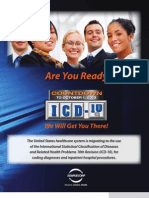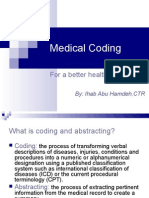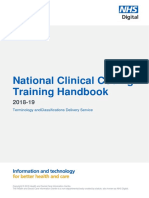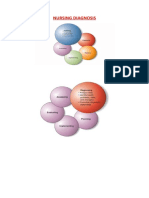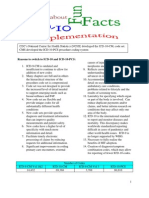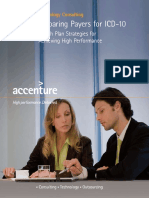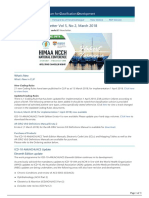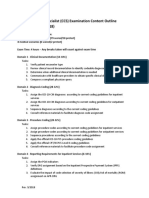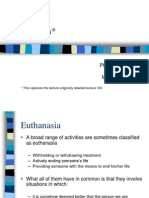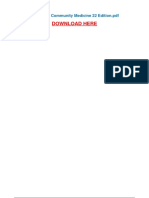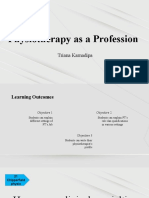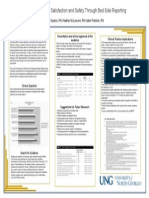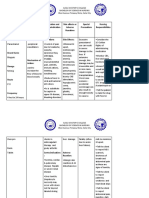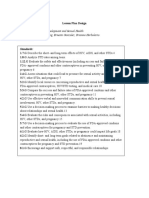0% found this document useful (0 votes)
21 views11 pagesClinical Coding 2
Clinical coding translates medical terminology into a coded format for diagnoses, treatments, and procedures, using established classifications like ICD-10 and OPCS. It is essential for healthcare resource grouping (HRG) and informs various aspects of hospital operations, including clinical governance and financial flows. The Future-Focused Finance program aims to enhance NHS finance practices by fostering collaboration and improving access to resources for finance staff.
Uploaded by
healthtechnexus23Copyright
© © All Rights Reserved
We take content rights seriously. If you suspect this is your content, claim it here.
Available Formats
Download as PDF, TXT or read online on Scribd
0% found this document useful (0 votes)
21 views11 pagesClinical Coding 2
Clinical coding translates medical terminology into a coded format for diagnoses, treatments, and procedures, using established classifications like ICD-10 and OPCS. It is essential for healthcare resource grouping (HRG) and informs various aspects of hospital operations, including clinical governance and financial flows. The Future-Focused Finance program aims to enhance NHS finance practices by fostering collaboration and improving access to resources for finance staff.
Uploaded by
healthtechnexus23Copyright
© © All Rights Reserved
We take content rights seriously. If you suspect this is your content, claim it here.
Available Formats
Download as PDF, TXT or read online on Scribd
/ 11







